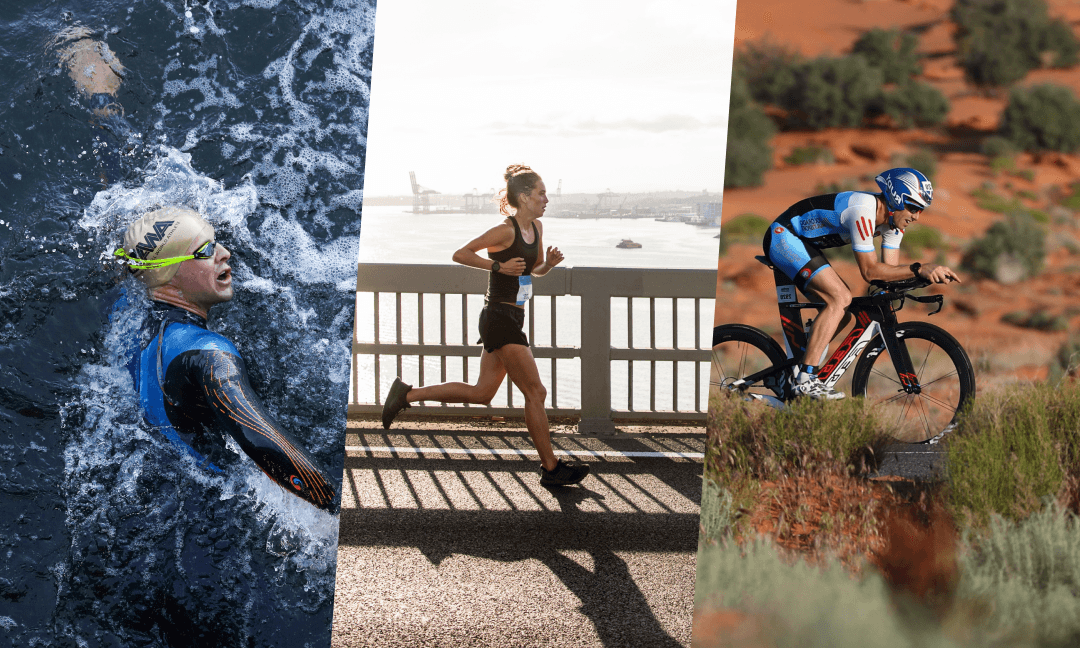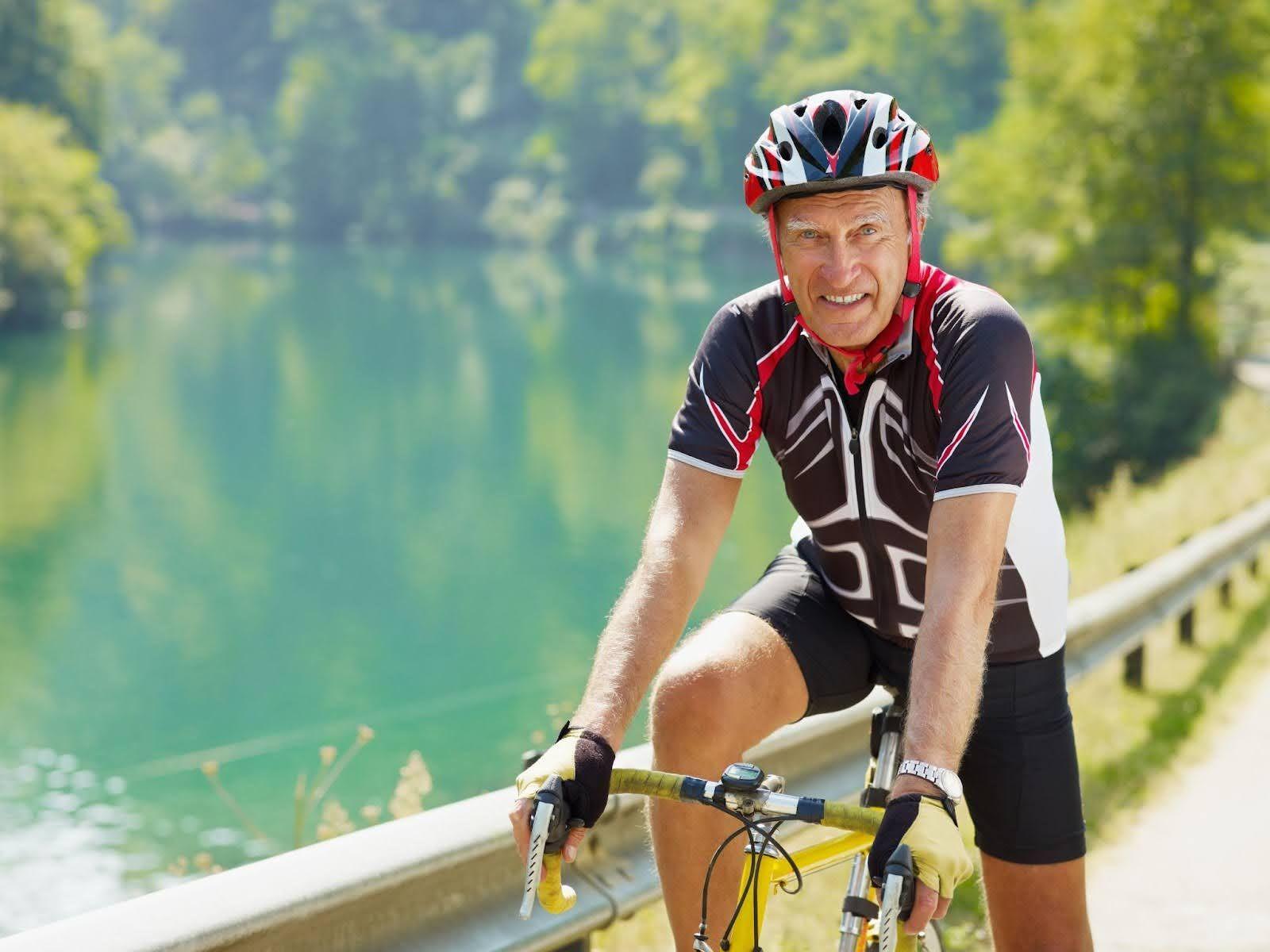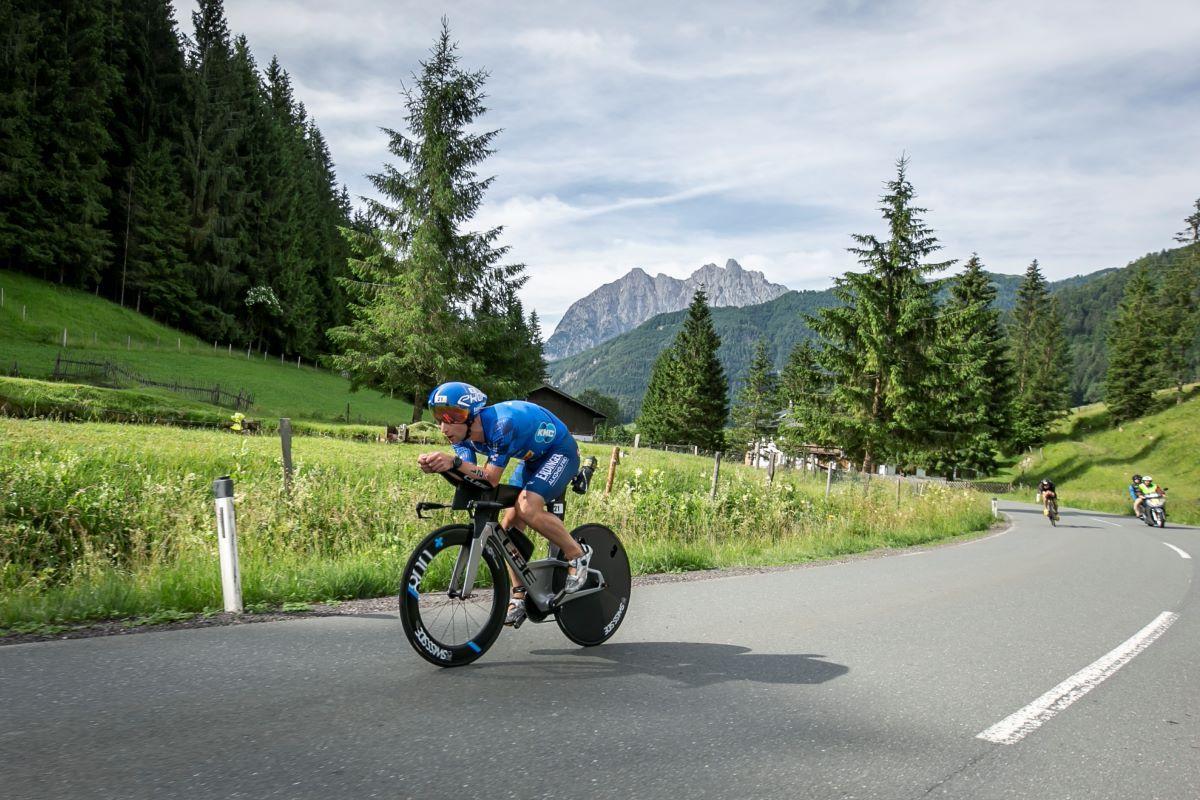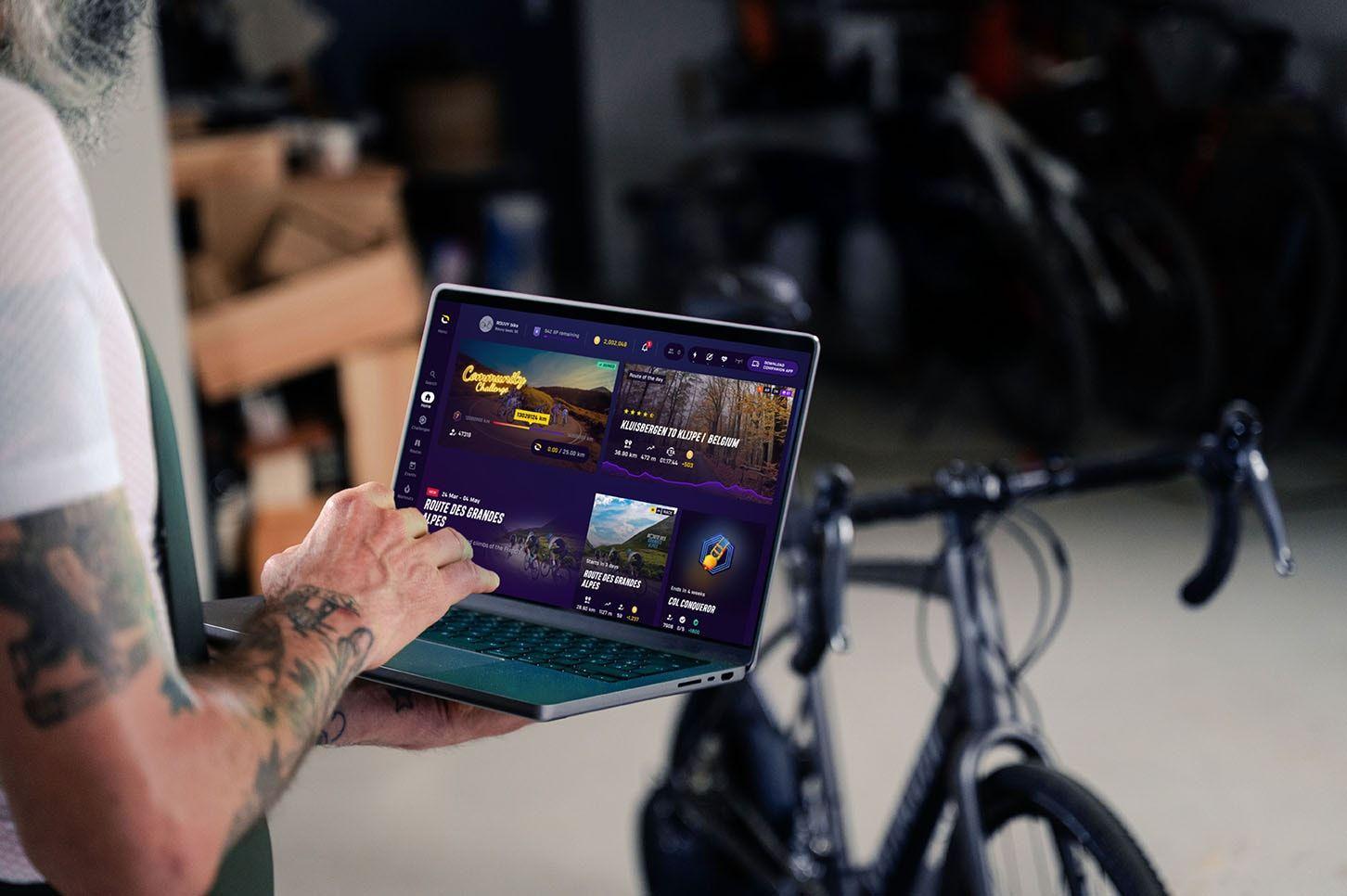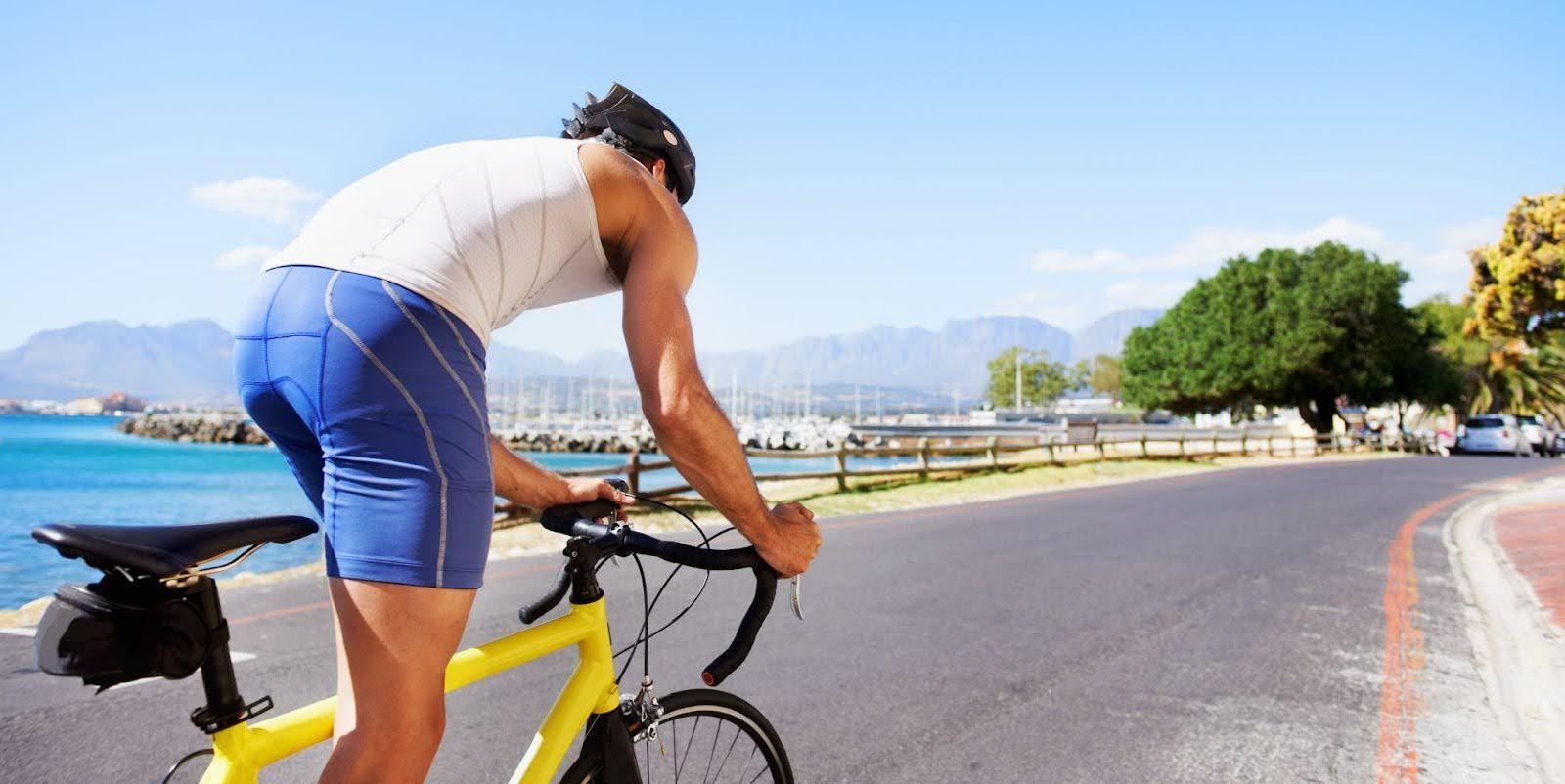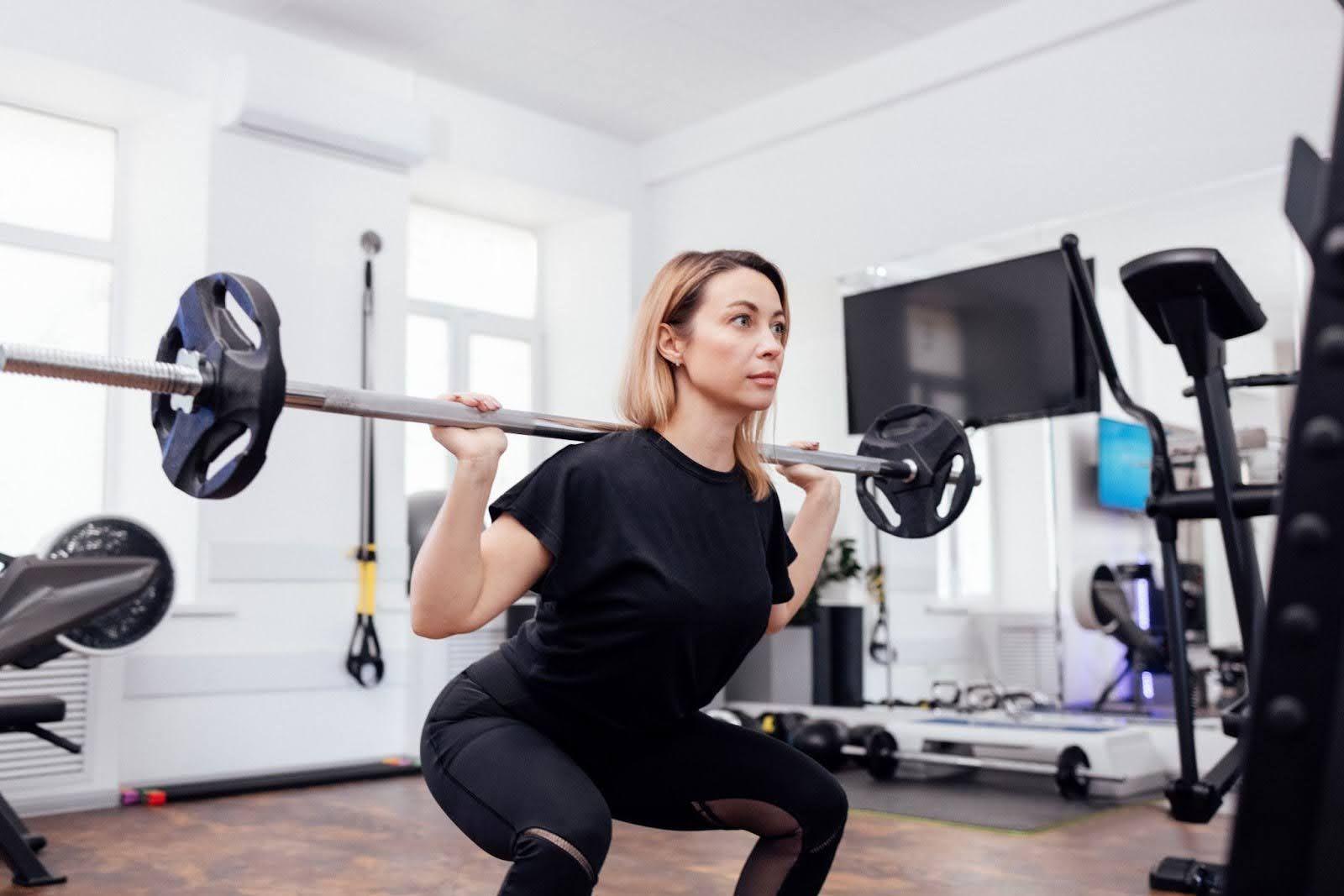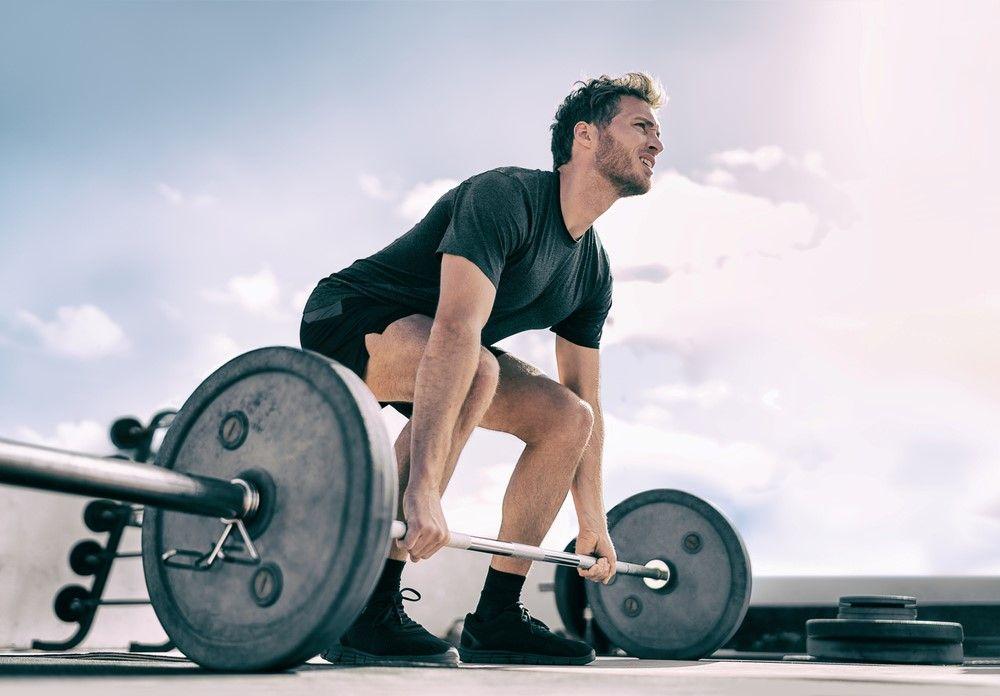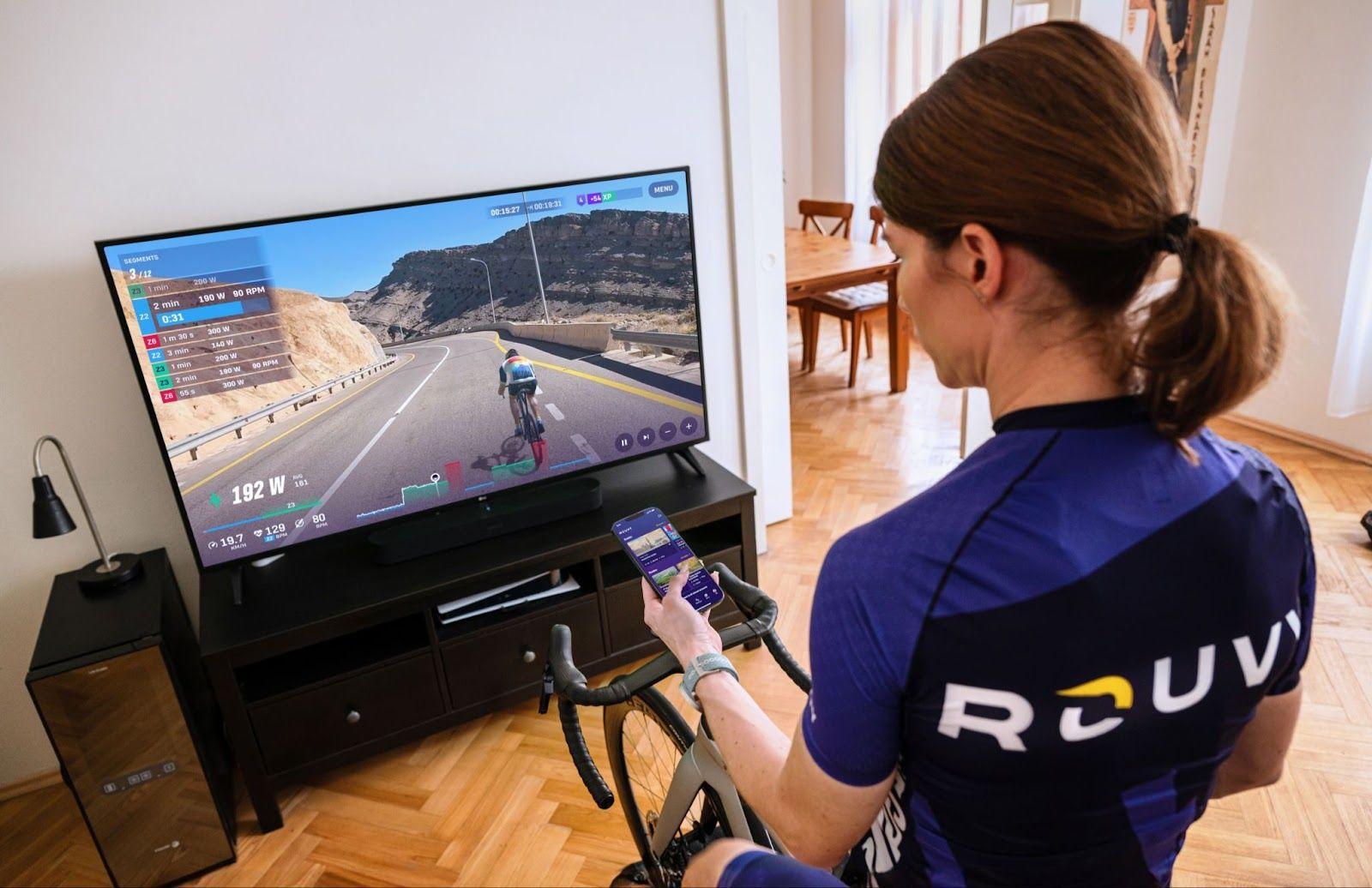When injury sidelines your cycling routine, it can feel like everything’s come to a standstill. But staying active during recovery isn’t just possible – it’s highly beneficial for your body and mind. Whether you’re a roadie, gravel grinder, mountain biker or triathlete, exploring the best cycling alternatives will help you maintain your fitness and mental well-being, and keep your motivation high until you’re able to get back out on the road or trail.
Why injured cyclists need alternatives to riding
The temptation to just kick back and rest after an injury is understandable. But long-term inactivity can lead to deconditioning – both physically and mentally. Muscles weaken, cardiovascular fitness declines and your metabolic rate drops. And for athletes, losing the structure and purpose of daily training can take a toll on mental health. Anxiety, irritability and loss of identity are common during periods of enforced rest.
That’s why finding a cycling injury recovery workout – an alternative that suits your current abilities – is so important.
Staying active with the right modifications boosts blood flow, reduces inflammation, preserves muscle mass and releases endorphins that keep you feeling good. Crucially, a well planned cross-training routine prevents setbacks and prepares your body for a strong return to riding.
How to choose the right alternative
Cycling injuries come in many forms: overuse injuries like patellofemoral pain syndrome or Achilles tendinopathy; acute traumas like clavicle fractures from falls; or repetitive strain in the hips, knees or lower back. Each injury presents different limitations in range of motion and weight-bearing ability.
For example, a fractured collarbone might limit upper-body engagement, whereas knee pain could make pedalling painful or even impossible.
(Always consult an accredited medical professional before starting any training while injured. Online guidance can be helpful but should never replace expert advice tailored to your body’s unique needs.)
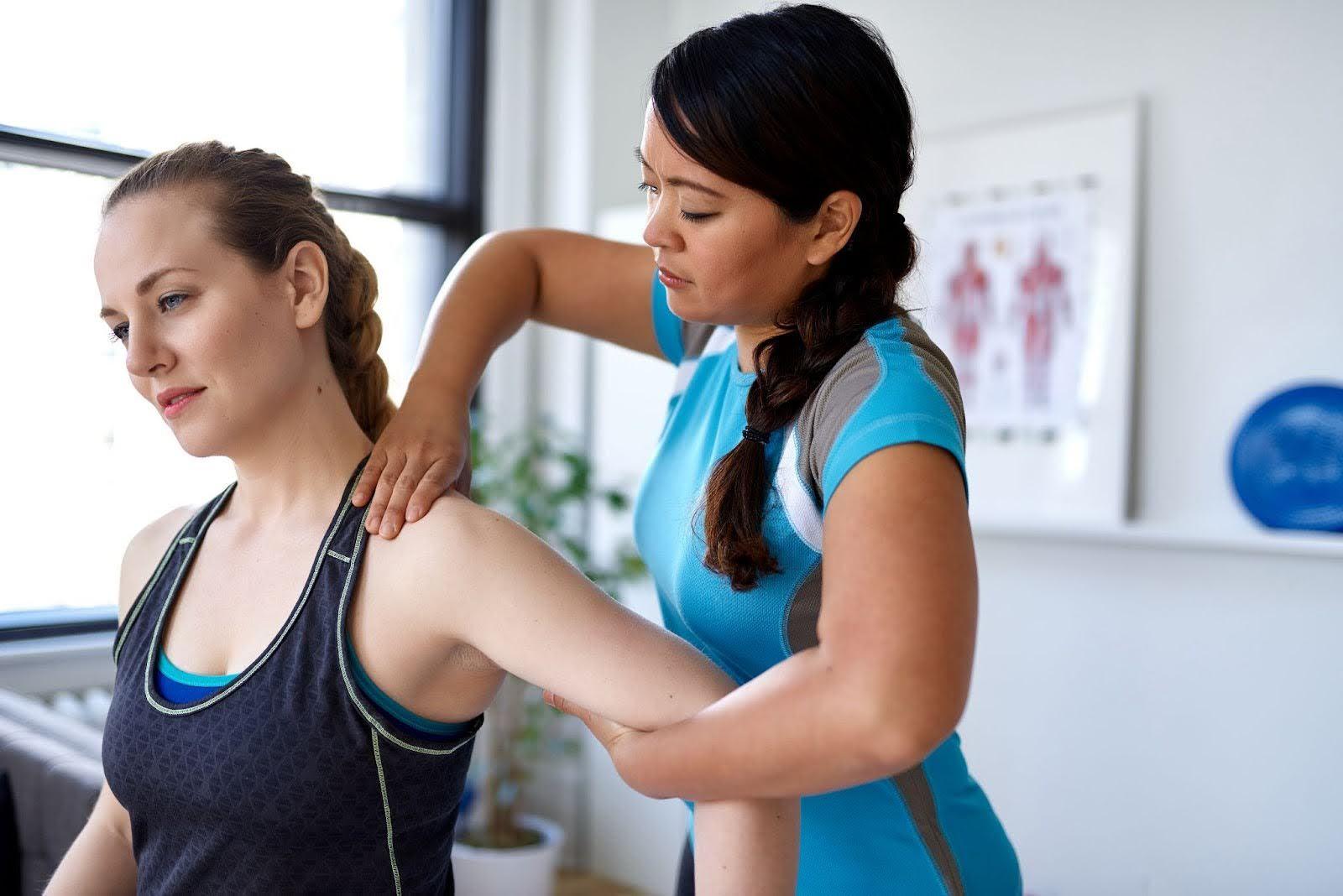
Working with a qualified sports and exercise physiotherapist can be a game-changer. They can recommend suitable cycling alternatives for injured riders based on your individual condition.
Indoor workouts on ROUVY during injury recovery
If your injury permits some pedalling, indoor training for injured cyclists can be a game-changer. The ROUVY cycling app provides a low-impact, controlled environment where you can focus on recovery-oriented riding.
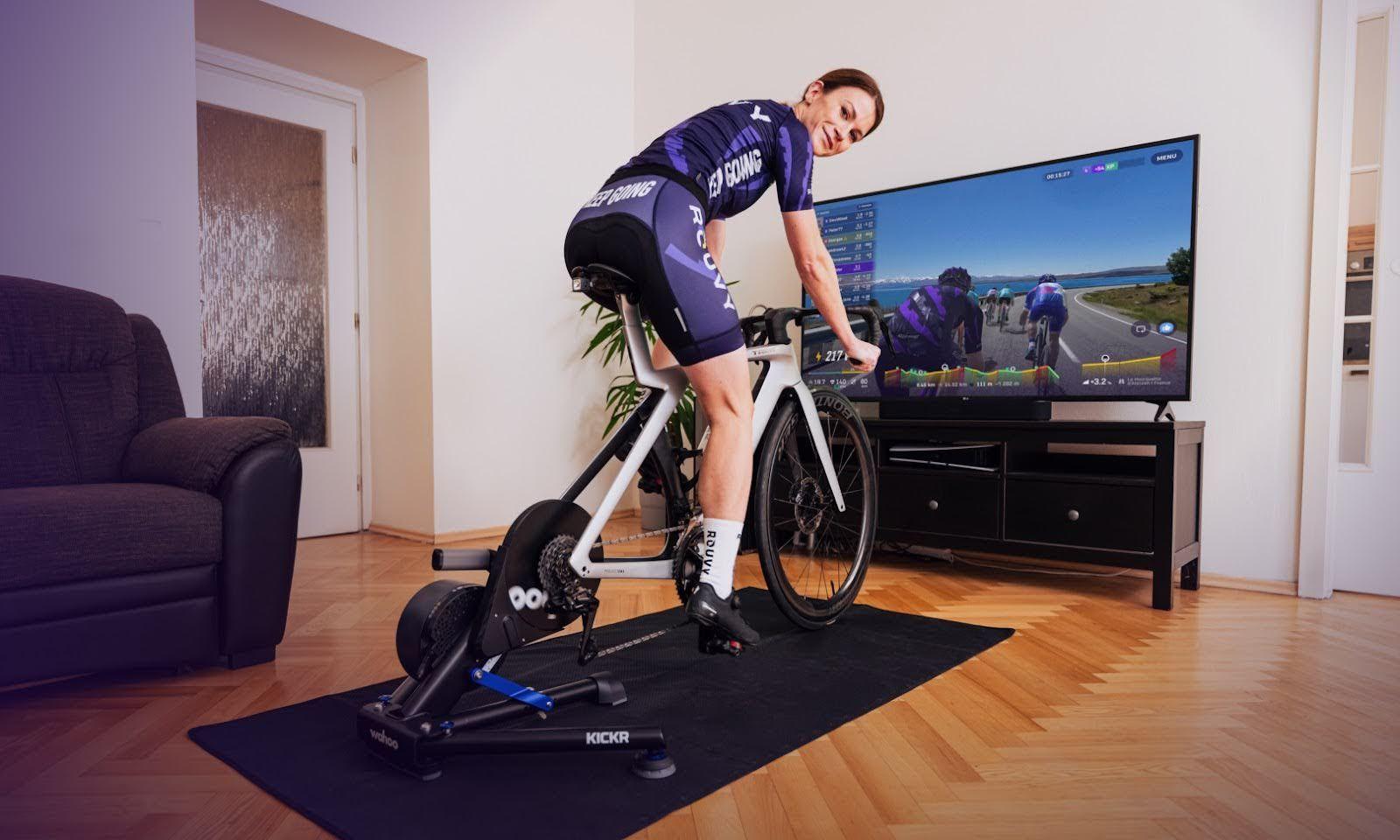
Unlike outdoor cycling, there's no risk of unexpected bumps or crashes, and you can tailor each ride precisely to your current fitness and mobility.
One of the most practical options during recovery is single-leg training. ROUVY makes it easy to perform one-leg drills with structured cadence targets and duration guidance. Even if one limb is sidelined, unilateral riding preserves cardiovascular health and stimulates neuromuscular pathways that benefit the entire body.
The thousands of realistic virtual routes and recovery-focused workouts on ROUVY also help maintain rhythm, mental focus, and motivation. Riding scenic routes in the French Alps or Rockies at a low intensity allows you to visualize progress and stay connected to your training identity, even during injury.
Some of the best low-impact alternatives to cycling
If you’re injured and can’t cycle, the key to maintaining cardiovascular fitness and muscular endurance is to find low-impact alternatives that work within your limitations. The best cycling alternative will depend on your injury, but several proven options offer safe and effective workouts that mimic the benefits of cycling without further damage.
Swimming and aqua jogging are top of the list, especially for cyclists with joint or soft-tissue injuries. The water’s buoyancy reduces the impact on the body while allowing a full range of motion and sustained aerobic effort. Aqua jogging is like running without impact, perfect for endurance athletes in rehab.
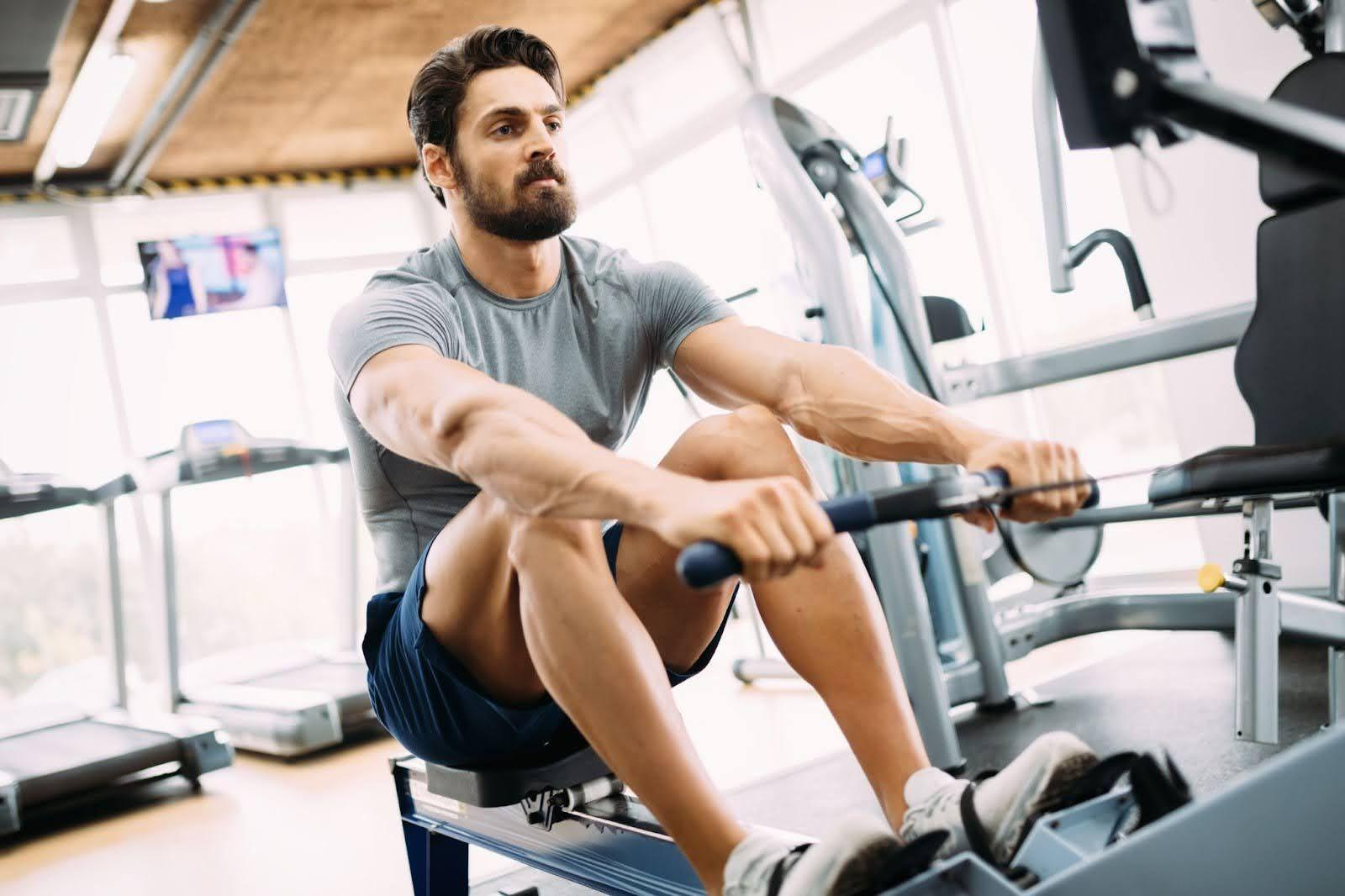
Rowing (ergometer) sessions are another great option, a full body cardiovascular workout that engages the legs, core and upper body. For cyclists with stable lower limb injuries or upper body clearance from a physio, erg rowing is an effective way to maintain aerobic power and muscular coordination.
Elliptical training is often recommended for injured cyclists transitioning back to weight-bearing exercise. It replicates a smooth pedalling motion and can be adjusted for intensity and resistance, allowing athletes to gradually reintroduce sustained cardio.
Walking and hiking, if approved by your healthcare provider, can gently introduce movement patterns and build foundational endurance. Flat, even surfaces reduce the risk and allow control and progression as strength and mobility return.
These cycling alternatives for injured riders not only maintain fitness – they clear the mind, boost the mood and prepare the body for a successful return to riding.
Strength & core workouts for injured cyclists
Strength training is often neglected during peak cycling season, but is essential during recovery. With proper guidance you can adapt strength-building routines even when injured.
Bodyweight exercises such as glute bridges, bird-dogs and wall-sits can activate key muscle groups without excessive strain. These exercises maintain postural alignment and hip-knee-ankle integrity – crucial for cyclists.
Resistance bands are a versatile tool for training while injured cycling. You can do shoulder stabilizers, hip abduction work or hamstring curls with little to no weight bearing. Bands allow progressive resistance and muscle activation even in limited ranges.
When allowed, light upper-body resistance training such as dumbbell rows, seated press and planks can stabilize supporting muscles and correct imbalances caused by injury compensation. Go slow and controlled and don’t aggravate the injury.
Mental recovery and visualization tools for cyclists
Recovery isn’t just physical – it’s mental too. Athletes who use visualization and mental rehearsal bounce back faster. Imagining yourself riding strong, climbing with ease or navigating technical terrain can activate the same neural pathways as physical training.
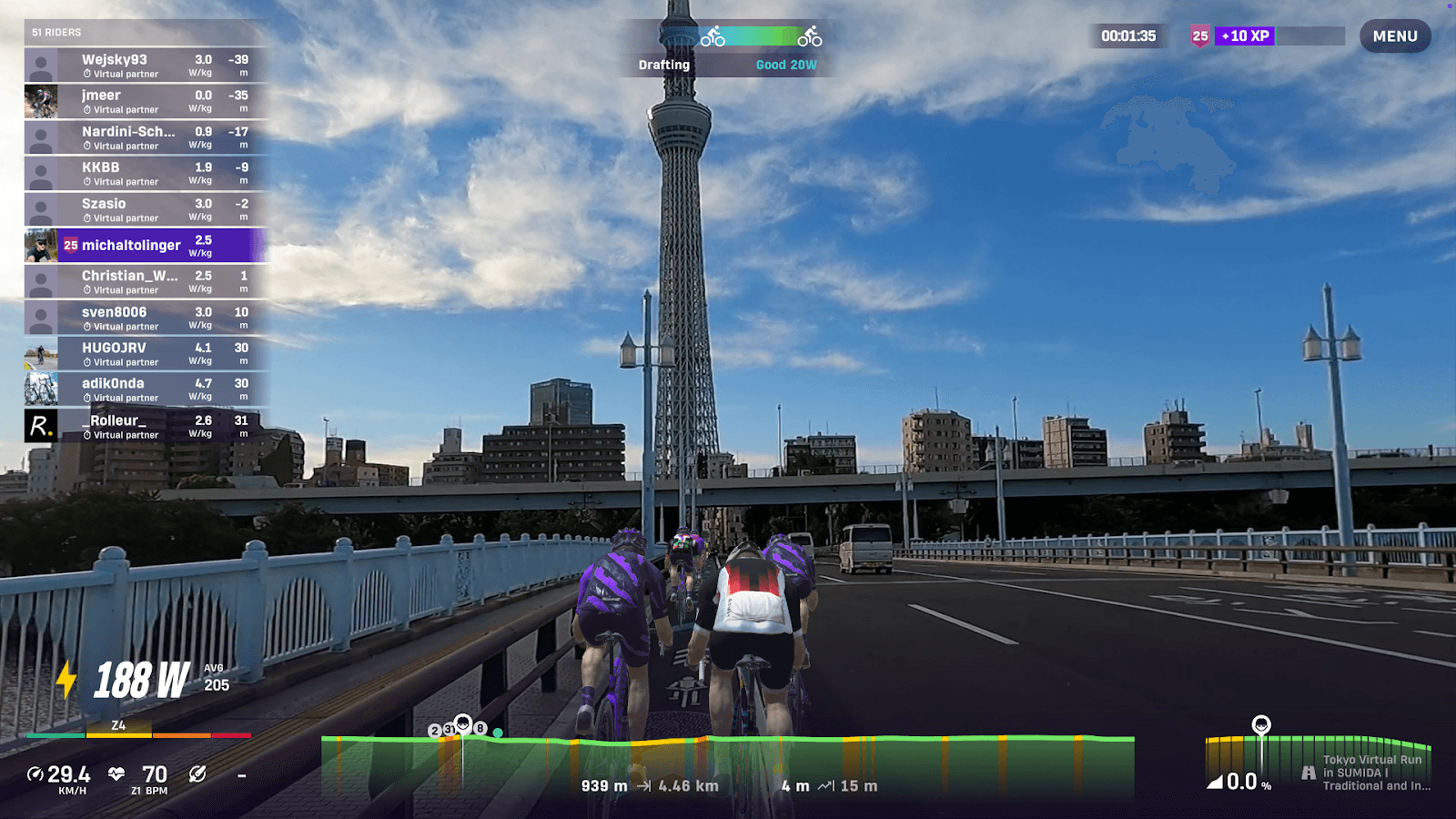
The ROUVY app is perfect for mental training. Watching your avatar ride your favourite route while you pedal lightly keeps your brain in the cycling zone. You stay motivated, connected and emotionally invested.
Scenic virtual routes, online races or group rides, and ROUVY’s structured training plans from pro coaches keep your mental sharpness and cycling IQ high. Even when sidelined, you can engage with these tools and stay an athlete and build mental resilience.
Nutrition and recovery support
Healing requires energy and the right nutrients. While recovering from an injury, it’s easy to under-eat due to reduced activity. But your body needs the proper nutrition. To repair tissues and rebuild strength, you need to take in enough calories, especially protein and micronutrients.
Prioritize anti-inflammatory foods such as berries, leafy greens, turmeric, ginger, fatty fish and olive oil. These will reduce swelling and speed recovery. Collagen-rich foods like bone broth or supplements can support tendon and ligament healing. Vitamin D, magnesium and omega 3 fatty acids can help with bone and joint repair.
Maintaining energy balance is key. Rather than cutting calories drastically, try reducing portion sizes slightly while keeping your nutrient intake high. Your body is still working hard to heal – support it.
When (and how) to get back on the bike
Getting back on the bike after injury is a process, not a switch. Confidence often comes back slower than fitness. Start with hybrid rehab routines that combine physical therapy, strength work and low-intensity indoor riding.


